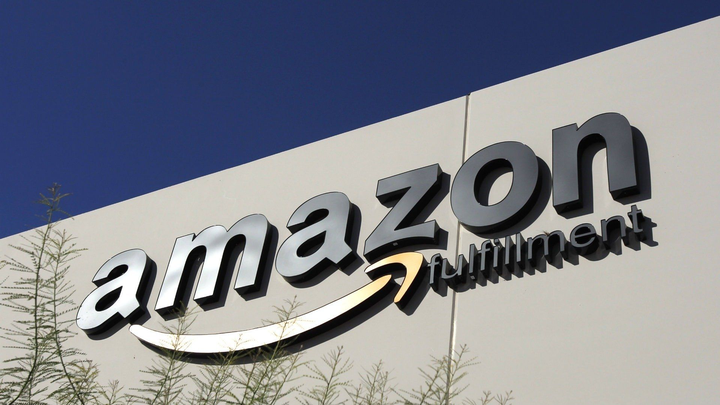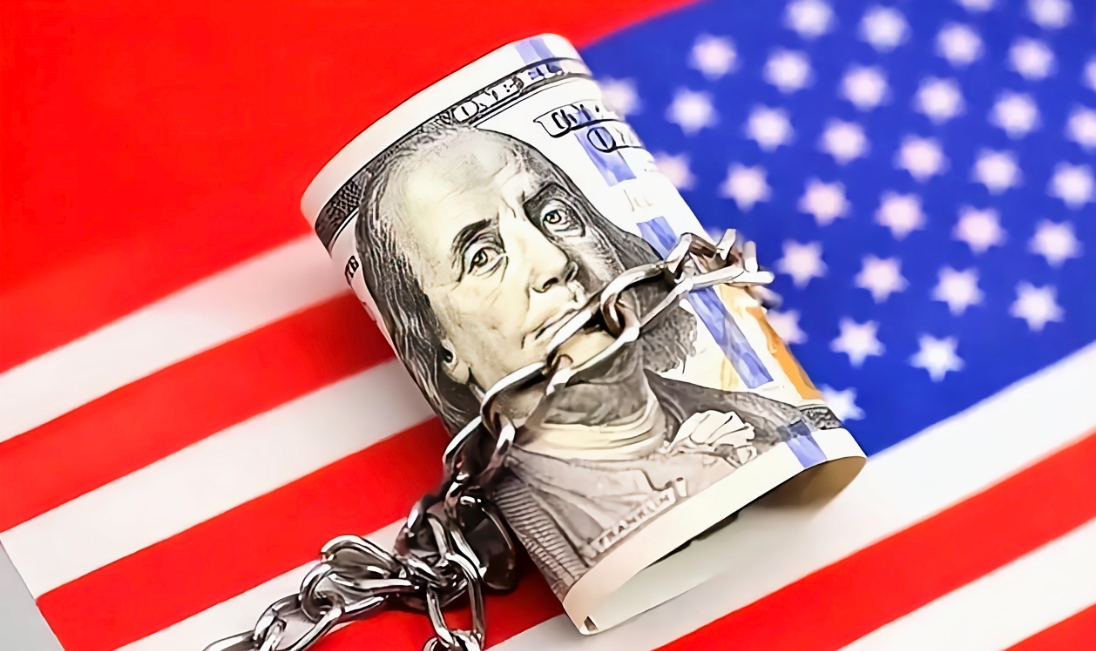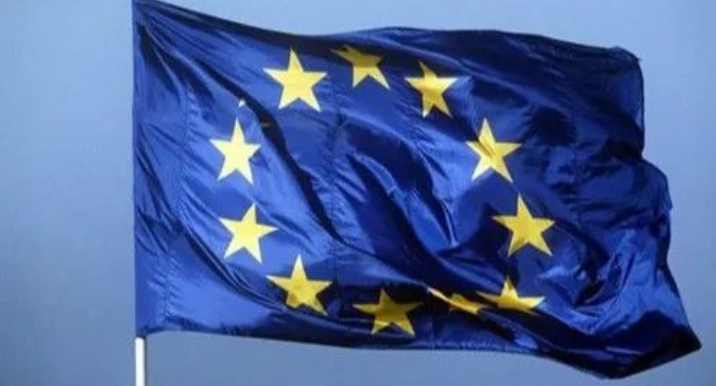A complete analysis of the U.S. trademark opposition system: How to deal with the "obstacles" in trademark registration?
Trademarks, as the core assets of a brand, are of great importance. Once a trademark is preemptively registered, the company will face huge economic losses and a severe blow to its brand image. This is not only related to the short-term interests of the company, but also to its long-term strategic layout and global market competitive position.
1. The concept of trademark opposition and revocation
Trademark opposition Section 13 of the US Trademark Act provides that when anyone is convinced that a trademark will be damaged if it is approved for registration on the principal register, he or she may file an objection with the US Trademark Trial and Appeal Board (hereinafter referred to as "TTAB") within 30 days after the initial announcement of the trademark. In other words, trademark opposition is a pre-emptive blocking mechanism aimed at preventing trademark applications that may lead to trademark infringement.
Trademark revocation Section 14 of the US Trademark Act provides that when anyone is convinced that a trademark that has been successfully registered on the principal register will cause damage to him or her, he or she may file a revocation procedure with the TTAB and request the TTAB to revoke the registered trademark. The US trademark "revocation procedure" is equivalent to the general term for invalidation and revocation procedures in China. Trademark revocation is a post-effective remedy mechanism aimed at revoking trademarks that may have been registered but are actually objected to.
2. Objection grounds: What situations may cause objections?
Objection grounds are divided into two categories: relative grounds and absolute grounds. Common
situations include: 1. Relative grounds: the existence of prior trademark rights (including registered, pending or unregistered but actually used trademarks); malicious preemptive registration (such as agents preemptively registering the client's trademark without authorization); trademark dilution (weakening or uglification of well-known trademarks). 2. Absolute grounds: The trademark is descriptive, generic or lacks distinctiveness; contains prohibited elements such as national flags and official symbols; violates public morals or is used deceptively. Special note: The United States follows the "first use" principle. Even if the trademark is not registered, it can still be opposed to the application if it can prove prior use.
3. Objection procedure flow: key steps from filing to ruling
1. Time limit for objection filing: filed within 30 days of the announcement period, and can be extended to 180 days at most (need to be applied in batches). Method: Submit the objection application through the electronic system (ESTTA), and non-US entities need to entrust local lawyers. 2. Reply and evidence disclosure: The party opposed must submit a reply within 40 days after receiving the notice (can be extended twice), otherwise it will be deemed to have abandoned the trademark. Entering the discovery stage, both parties need to exchange evidence materials, which takes about 6 months. 3. Trial and ruling Both parties submit written statements (Briefs) and may hold oral hearings. TTAB finally decides whether the objection is established, and the whole process takes about 2-3 years.
Four coping strategies: How to win the trademark objection battle?
1. Pre-registration comprehensive search of prior trademarks to avoid similarity risks; retain evidence of trademark use (such as sales records, advertising materials), and strengthen the "first use" claim. 2. Professional team support Entrust a professional service team to handle the objection procedure to avoid procedural flaws (trademark management, trademark monitoring, trademark objection, etc. can all be handled by contacting Zhuo Xi); formulate a defense strategy for the objection reasons, such as counterclaiming to cancel the other party's cited trademark. 3. Flexible response procedures Use settlement negotiations to reduce litigation costs; unfavorable rulings can be appealed to the federal court or TTAB. Case warning: Recently, 42,000 trademarks are facing revocation due to violations by service providers, highlighting the importance of compliance operations!
Five FAQs
Q Can I reapply after the objection fails? AYes, but you need to make sure to modify the trademark or adjust the scope of goods to meet the registration requirements. If it is rejected due to insufficient distinctiveness, it is necessary to prove that it has acquired a "secondary meaning" through actual use. QHow long does the opposition procedure usually take? AIf the person opposed does not respond, the result will be available in 3-6 months at the earliest; the complete procedure (including evidence disclosure, trial, etc.) takes 2-3 years, and complex cases may take up to 4 years. QCan I reconcile with the other party during the opposition period? AYes. The evidence disclosure stage is the best time to reconcile. The two parties can adjust the product category or the scope of trademark use through negotiation to avoid high litigation costs. QDoes the opposition procedure apply to international trademarks? AYes. The Madrid International Registration designating the United States is also subject to the opposition procedure, and the grounds for opposition are the same as those for domestic applications. QDoes the opponent need to prove actual injury? AYes. The opponent needs to prove that he is an "interested person" (such as having prior trademark rights), otherwise the TTAB will reject the opposition request. For the specific process, please refer to the figure below: Screenshot source: WeChat public account "Shenzhen Intellectual Property Protection Center" (if there is any infringement, please contact us to delete)
Six TTAB classic case analysis
Case 1: Lego's objection to the "ECO-BRICKS" trademark case Focus of dispute: Does the applied trademark "ECO-BRICKS" lack distinctiveness? Ruling result: TTAB believes that "ECO" represents environmental protection attributes, "BRICKS" is a generic name for goods, and the combination is still a descriptive word, and the applicant has not obtained a "second meaning" through use, so the objection is established. Inspiration: Descriptive word combinations need to prove long-term exclusive use and consumer cognitive association, otherwise it is difficult to register.
Case 2: Generic name cancellation case (virtual case reference) Focus of dispute: A company registered "VIDEOTAP" for videotape products, and was later opposed as a generic name. Ruling result: TTAB determined that the word had lost its distinctiveness due to long-term and widespread use and revoked its registration. Inspiration: Avoid generalization in trademark use, regularly monitor market usage and strengthen brand association.
Conclusion The US trademark opposition procedure is not only a legal game, but also a contest of business strategies. Through early search, professional team involvement and flexible use of reconciliation mechanisms, enterprises can significantly reduce risks. The recent "42,000 trademark explosion" incident once again warns: compliance agency and evidence retention are the life and death lines of brands going overseas. Every profession has its own expertise, and professional matters are left to professionals. Since its establishment in 2017, Zhuoxi has been specialized in trademark registration, patent application, tax compliance, European policy compliance, overseas company registration and account opening and other services, and has escorted the intellectual property rights of tens of thousands of cross-border companies. Friends who have related questions or needs are welcome to leave a private message or scan the code to contact Zhuoxi~~

 This post takes you through th
This post takes you through th
 You have a copy of the Guide t
You have a copy of the Guide t
![[FAQ] UK CDS account registrat](/uploads/allimg/20250319/1-250319160030317.png) [FAQ] UK CDS account registrat
[FAQ] UK CDS account registrat
 A complete analysis of the EU
A complete analysis of the EU
